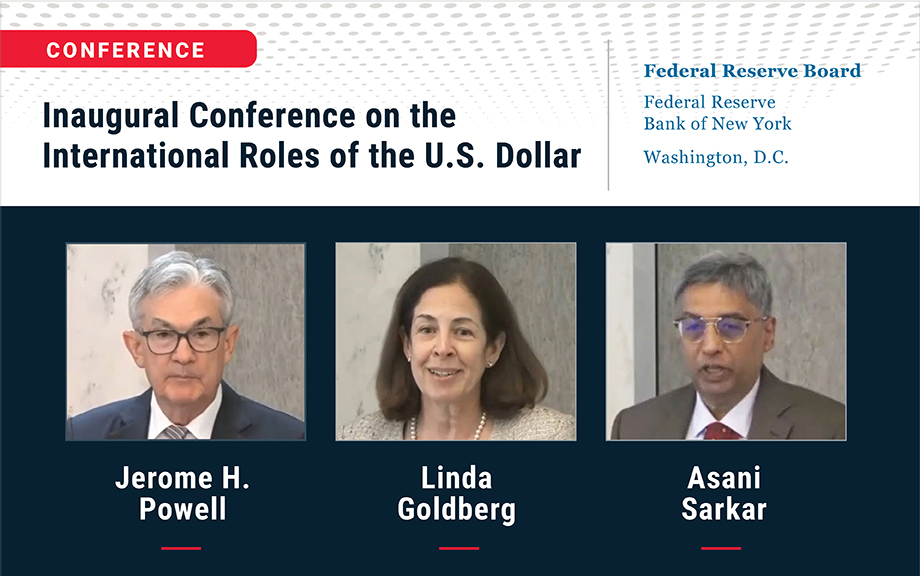Understanding the “Inconvenience” of U.S. Treasury Bonds

The U.S. Treasury market is one of the most liquid financial markets in the world, and Treasury bonds have long been considered a safe haven for global investors. It is often believed that Treasury bonds earn a “convenience yield,” in the sense that investors are willing to accept a lower yield on them compared to other investments with the same cash flows owing to Treasury bonds’ safety and liquidity. However, since the global financial crisis (GFC), long-maturity U.S. Treasury bonds have traded at a yield consistently above the interest rate swap rate of the same maturity. The emergence of the “negative swap spread” appears to suggest that Treasury bonds are “inconvenient,” at least relative to interest rate swaps. This post dives into this Treasury “inconvenience” premium and highlights the role of dealers’ balance sheet constraints in explaining it.
The Fed’s Inaugural Conference on the International Roles of the U.S. Dollar

The U.S. dollar has played a preeminent role in the global economy since the second World War. It is used as a reserve currency and the currency of denomination for a large fraction of global trade and financial transactions. The status of the U.S. dollar engenders important considerations for the effectiveness of U.S. policy instruments and the functioning of global financial markets. These considerations include understanding potential factors that may alter the dominance of the U.S. dollar in the future, such as changes in the macroeconomic and policy environments or the development of new technologies and payment systems.










 RSS Feed
RSS Feed Follow Liberty Street Economics
Follow Liberty Street Economics